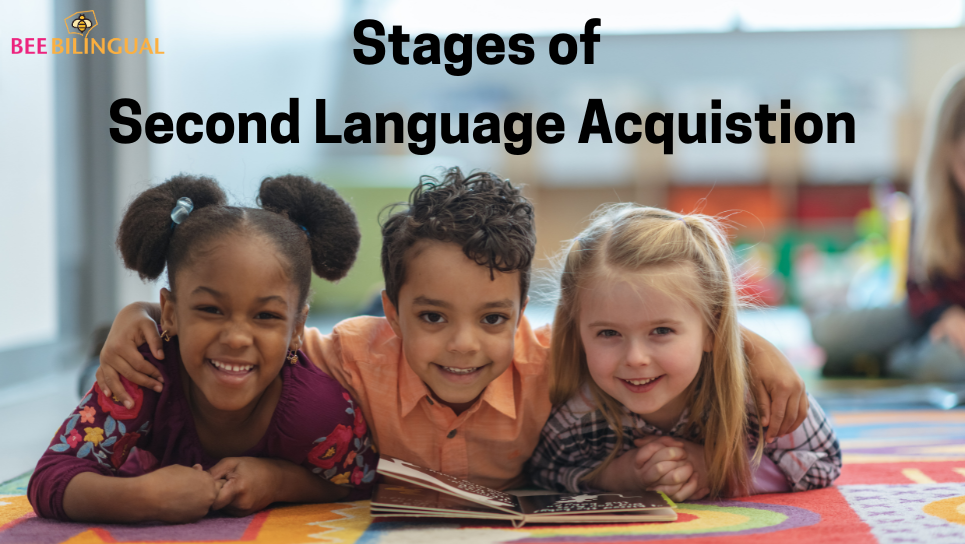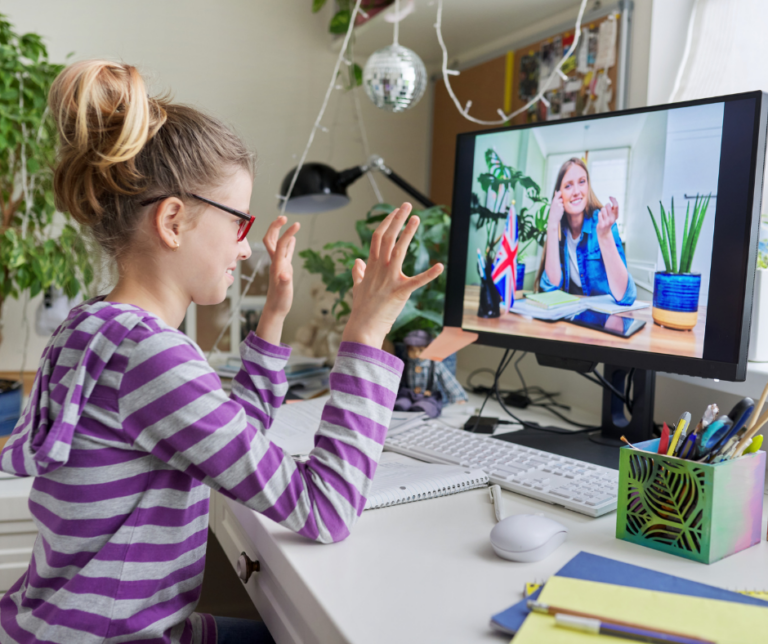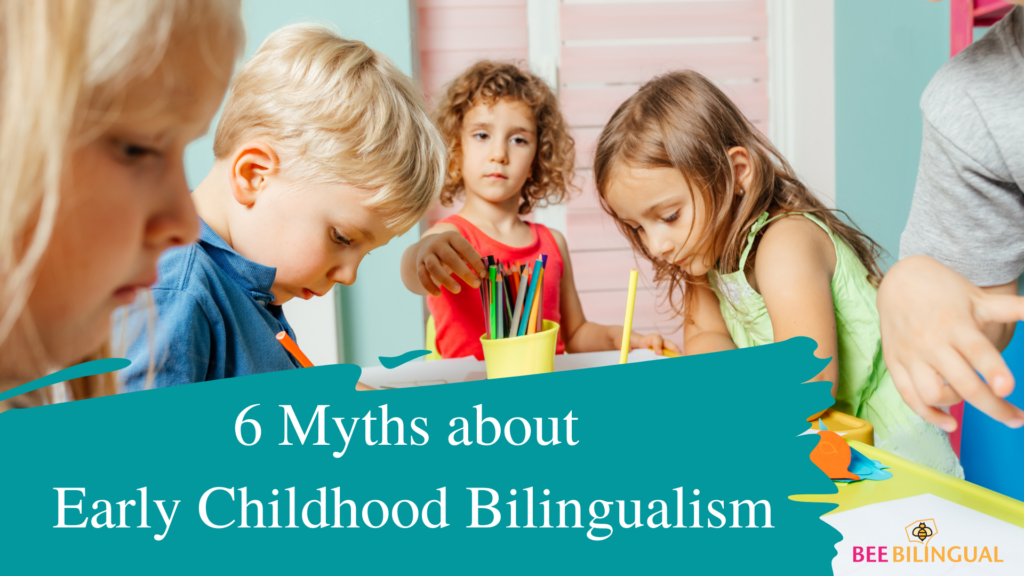Learning a second language is an exciting and enriching experience for children. It opens doors to new cultures, enhances cognitive abilities, and promotes global communication. Understanding the stages of second language acquisition can help parents, educators, and caregivers support children in their language learning journey. In this blog post, we delve into the stages of second language acquisition in children, shedding light on the process and offering valuable insights.
Stage 1: Pre-production or Silent Period
During the initial stage, children focus on absorbing the new language without actively producing it. They listen attentively, observe, and begin to develop comprehension skills. It is common for children in this stage to have limited verbal output and rely more on non-verbal communication to express themselves.
Stage 2: Early Production
As children progress to the early production stage, they start to produce simple words and phrases in the second language. Their vocabulary expands, and they gain confidence in using basic language structures. Mistakes are common but natural as they experiment with the new language.
Stage 3: Speech Emergence
In the speech emergence stage, children demonstrate increased fluency and comprehension. They construct more complex sentences and engage in conversations, although with occasional errors. Their vocabulary continues to grow, and they become more comfortable expressing themselves in the second language.
Stage 4: Intermediate Fluency
During the intermediate fluency stage, children display improved language skills, both in speaking and understanding the second language. They develop a broader vocabulary, use more advanced grammar structures, and participate actively in conversations. They can express ideas, thoughts, and opinions with relative ease.
Stage 5: Advanced Fluency
In the advanced fluency stage, children demonstrate near-native proficiency in the second language. They communicate fluently, with accurate grammar and vocabulary usage. They understand complex texts, engage in discussions on various topics, and effectively express themselves in both informal and formal settings.
To support children in their second language acquisition journey, consider the following strategies:
Create an Immersive Environment: Surround children with opportunities to hear and use the second language through books, music, movies, and interactions with fluent speakers.
Encourage Meaningful Communication: Provide opportunities for authentic conversations, discussions, and language-rich activities that promote real-life language use.
Incorporate Multimodal Learning: Utilize visual aids, gestures, and context to reinforce language comprehension and facilitate learning.
Foster a Positive Environment: Cultivate a supportive and encouraging atmosphere that celebrates language learning, emphasizing effort and progress rather than perfection.
Engage in Cultural Exploration: Introduce children to the culture associated with the second language, fostering a deeper understanding and appreciation for its context.
Take a look at our Bilingualism Checklist for more inspiration.
Understanding the stages of second language acquisition empowers parents, educators, and caregivers to provide the necessary support and guidance to children. By recognizing each stage’s characteristics and implementing effective strategies, we can foster a positive learning environment that enables children to develop fluency, proficiency, and a lifelong love for languages. Let’s embark on this exciting journey of language exploration together, nurturing children’s language growth every step of the way.



